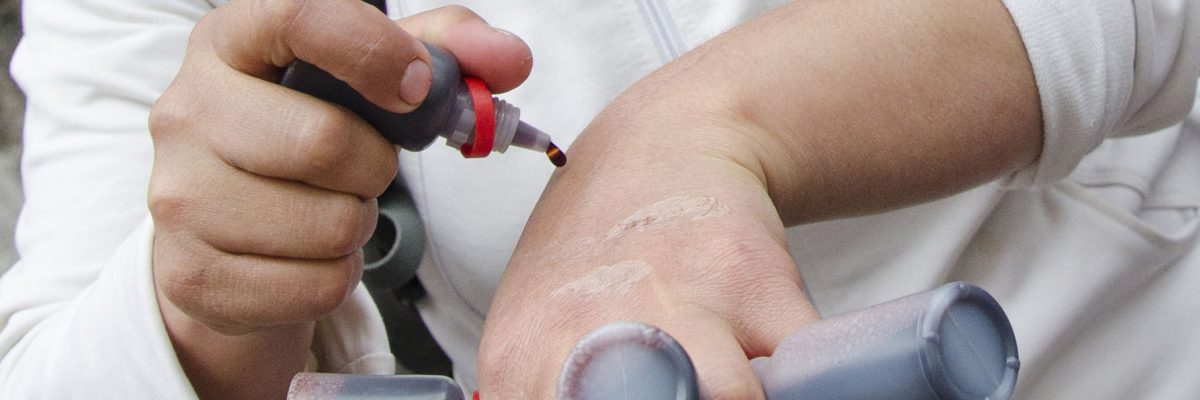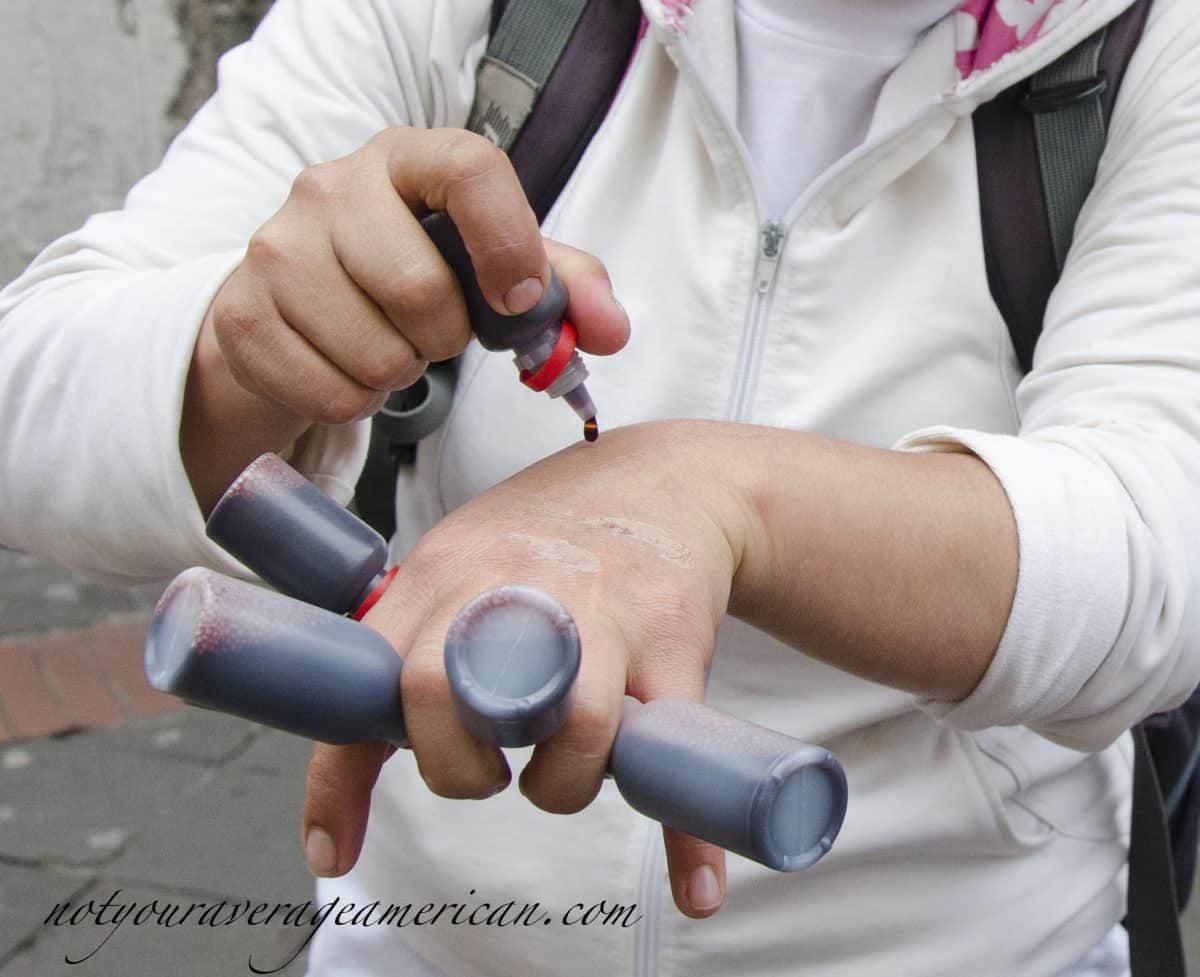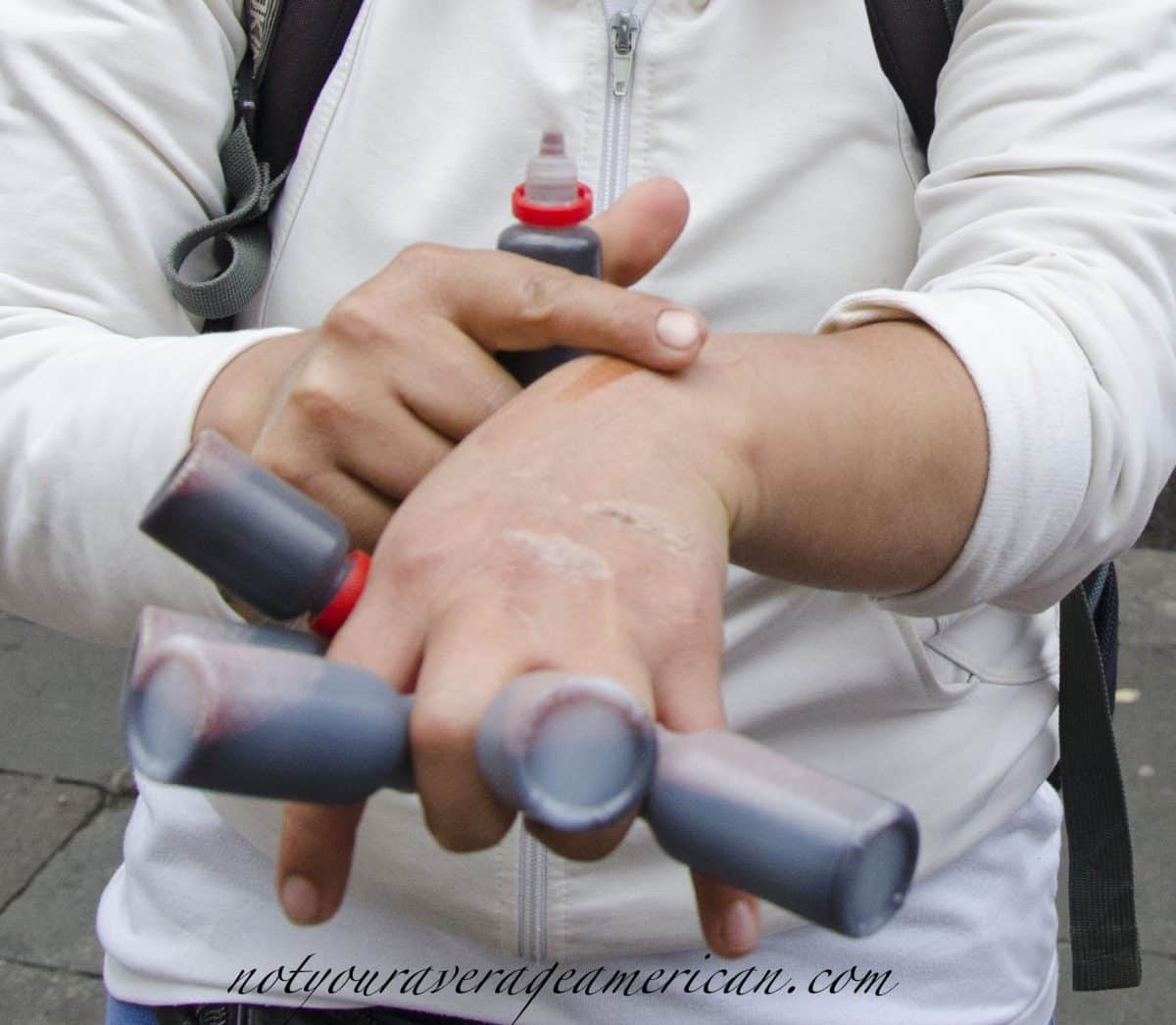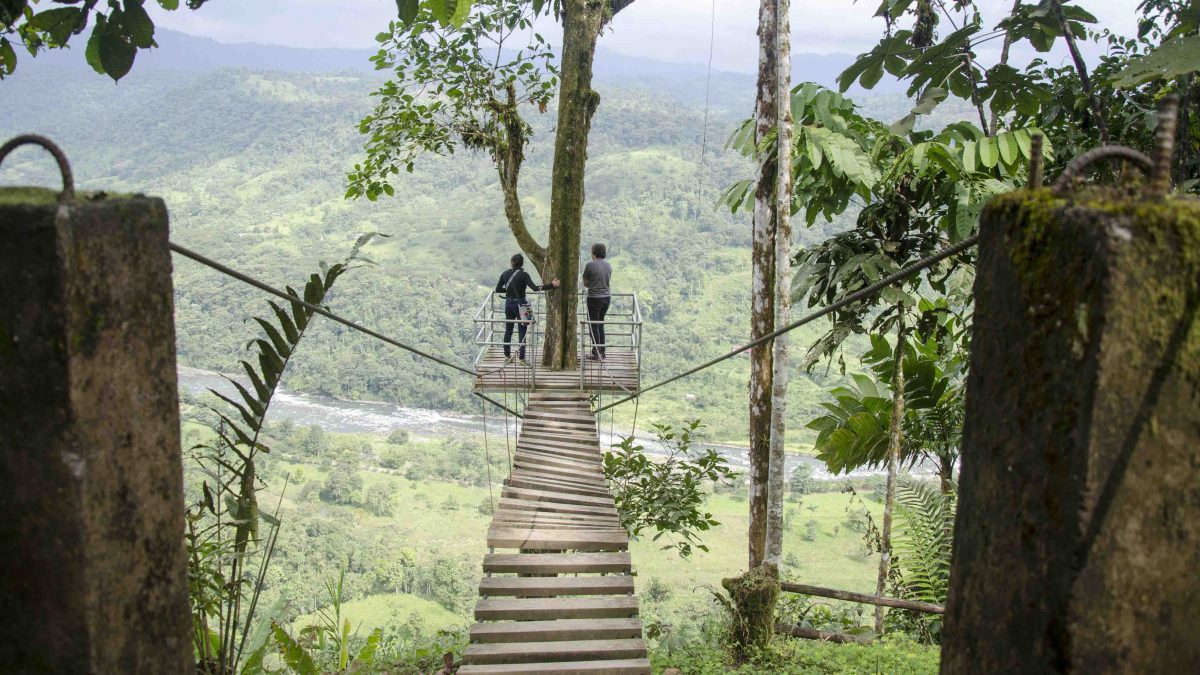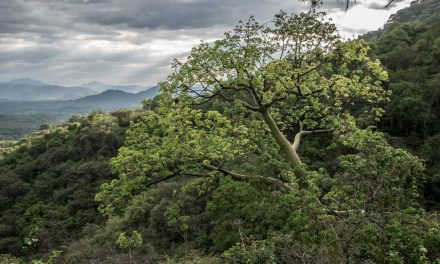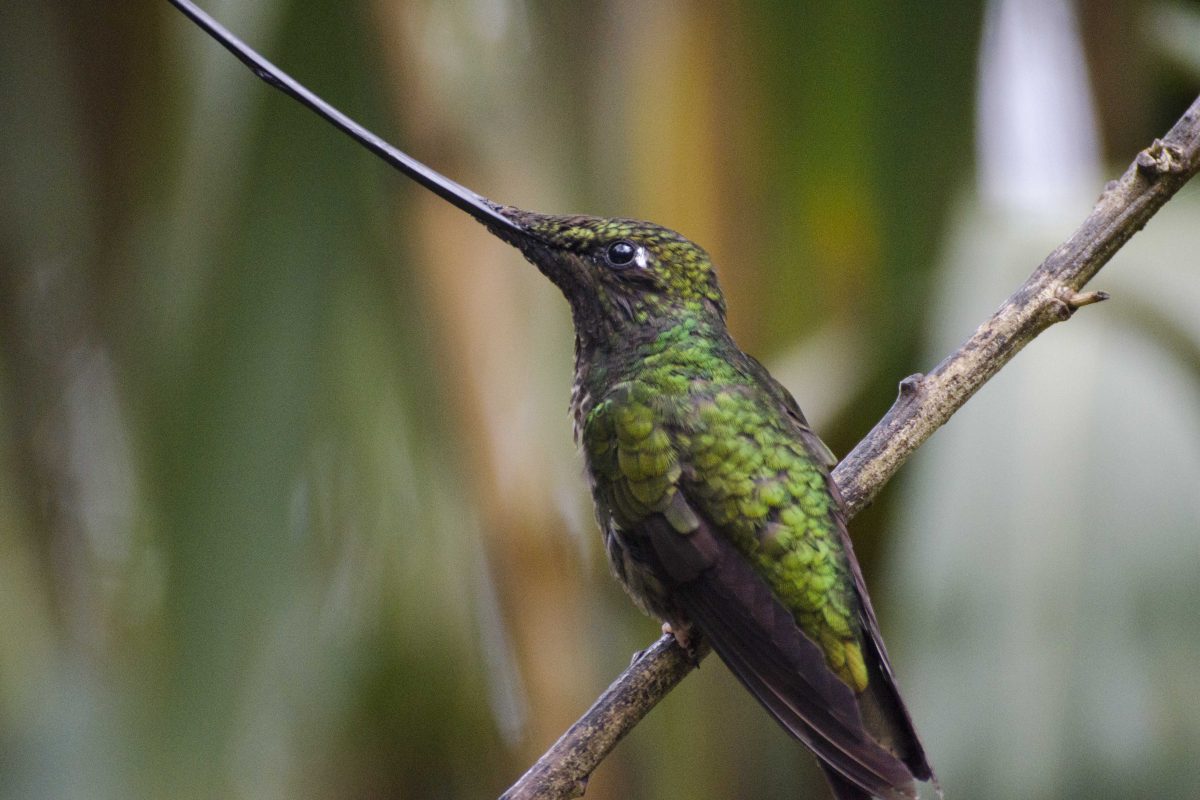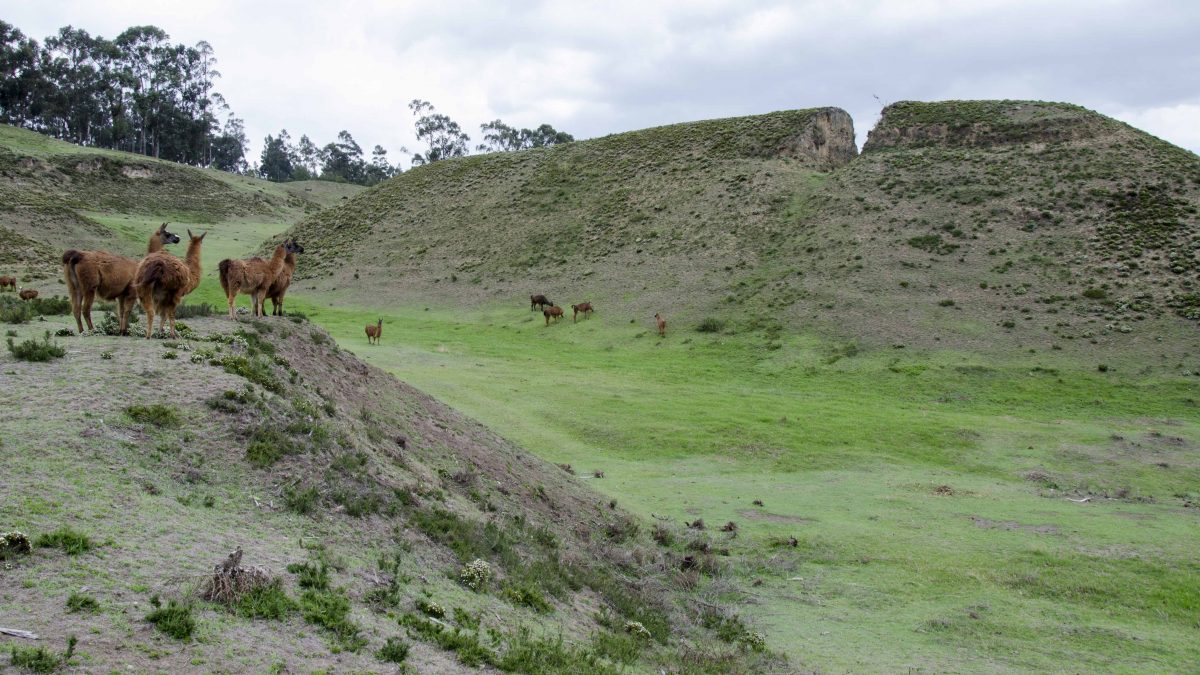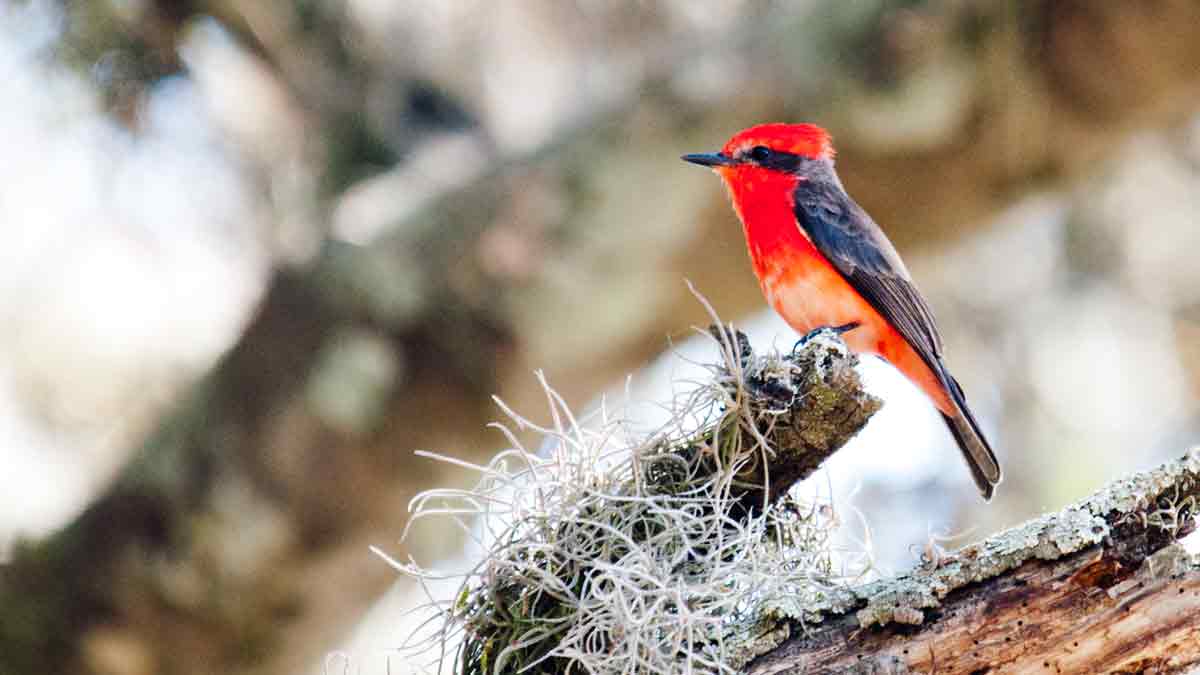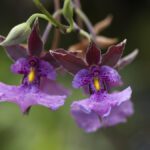Imagine my surprise to see a young woman peddling blood on the streets of Quito. There she stood, on the corner where I often see an accordion player
Only a block above, the Red Cross was taking donations, so blood was on my mind.
Sangre de Drago
We asked her what she was selling and she said, «Sangre de Drago!» and a lightbulb went off in my head. She was selling the sap of the Dragon’s Blood Tree. We had seen one on our visit to the Bellavista Reserve, high in the cloud forests on the north side of Quito. I was intrigued.
Nancy, the Dragon’s Blood Vendor
I asked her name. She replied, «Nancy,» with a thick Quiteña accent and then proceeded to demonstrate how Dragon’s Blood could be used.
She placed a single drop on the back of her hand where it sat like a droplet of our own blood freshly pricked from a fingertip. Then she rubbed it with a finger. It immediately turned the brownish red of iodine and then disappeared altogether into a soapy film. When I repeated the experiment on my own hand, I could feel the slickness of the resin before it turned into a sticky mess. For a moment, I wondered how I would be rid of the mess on the back of my hand when, miraculously, the stickiness just disappeared. No color, no smell, nothing remained on my hand. It was simply gone.
Harvest and Uses of Dragon’s Blood
The resin can only be harvested a certain time of the year. Think maple syrup – the process for collecting the resin is not much different. Its uses are varied. Our vendor told us that it is very useful for the health of the stomach; five drops in a small glass of water, taken daily, could help heal ulcers or other stomach ailments. She said it could also be used as a shampoo because of its sudsing properties.
Dragon’s Blood smells very antiseptic and vaguely reminded us of tea tree oil, just thicker and definitely redder. A quick trip to Wikipedia reveals that the resin has a wide variety of uses, from health to wood varnish, from ancient times to modern Wiccan ritual.
There are many different trees that provide Dragon’s Blood but in South America, it is the croton lechleri that provides the viscous red liquid. The sap of the croton lechleri sap is actually a type of latex and has been developed into a drug to a treat HIV-associated diarrhea. And that’s the intriguing thing about the tropical rainforests of South America – there are still plants and trees that are used locally but have as yet untapped potential as medicines.
The average street vendor on the streets of Quito may be selling what looks like a witch doctor concoction, but the practical applications are just waiting to be discovered.

